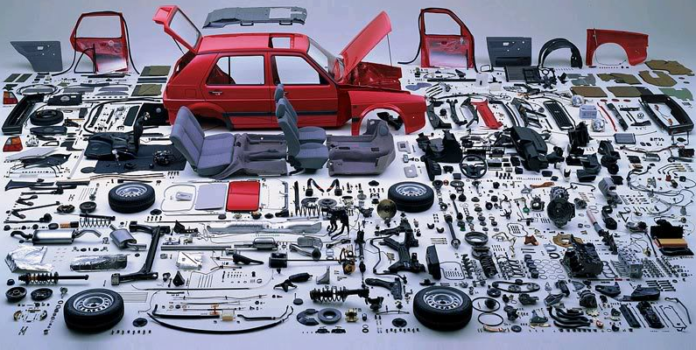The car industry is one of the most fascinating in the history of mankind. The first mode of travel which was via means of ‘beasts of burden’ was used in about 3500 BC. The first proper car that gained prominence was the Model T, which was led by Henry Ford towards the end of the nineteenth century.
The fact that Ford refused to make any changes to his car, gave other car manufacturers a reason to bring out newer models. A long time has passed and the industry and gone way ahead from the days of Ford and Benz. Let’s look at some of the ways how the car industry has changed and shaped the world around it over the years.
Man to machine
In the olden days, a lot of manpower was required in the production line for cars and while this was slow, it was unproductive as well. General Motors came up with the first robot that was used way back in 1961. These days, most of the modern factories have a large number of robots that are used for repetitive purposes.
The paint job
Back in the old days, there were only two options that could be used as car paint, either oil varnish from liquid amber resins or the varnish obtained from linseed oil. The first polyester paint was used in 1963. Now, the entire process of panting is a much more serious affair. Not only are the paint shops completely sterilized, the car also undergoes chemical washes to prepare the body for painting.
Keeping the environment in mind
It’s only recently that people have started paying attention to the amount of emission produced as a result of combustion. Over time, automotive engineering services companies in India adopted methods of manufacturing that would result in lower emission from both, the vehicle and the factory, and result in a better environment. The car producers were made to amend their ways of production due to a lot of changes in the environmental laws as people started realizing the importance of keeping the planet as clean and green as possible.
New optics technology
In a short span of time, optical sensors have become one of the most widely used features in cars around the world. Not too long back, cars did not have this option, as the technology was not advanced enough for commercial vehicles. The cameras of today are so small and powerful, they can be fixed almost in any part of an automobile. The technology, coupled with other types of sensors, such as motion and heat sensors, helps in developing intelligence of the vehicle itself, saving it from the bumpers and those little scratches in heavy traffic. The two main types of sensors used are ultrasonic and radar sensors. While parking sensors have been common for years, sensors for oxygen, throttle position and speedometer are emerging more and more frequent in consumer vehicles.
Reliance on computers and software
Every modern car is more or less dependent on some sort of onboard computing mechanism that controls a range of functions. Over time, such features have gotten advanced and temperature control, parking, GPS and cruise control are vehicle capabilities that make life easier for drivers.
The internet and greater computing power, per square inch, have revolutionized the way vehicles and humans interact. Technology functions in some way or the other to reduce human effort and convert machine intelligence into action. Not only does that make people look for more technology, but it helps people with specific disabilities to find a car that will suit them best. The best part perhaps is that users get to learn more about their car and easily find ways to fix issues.

